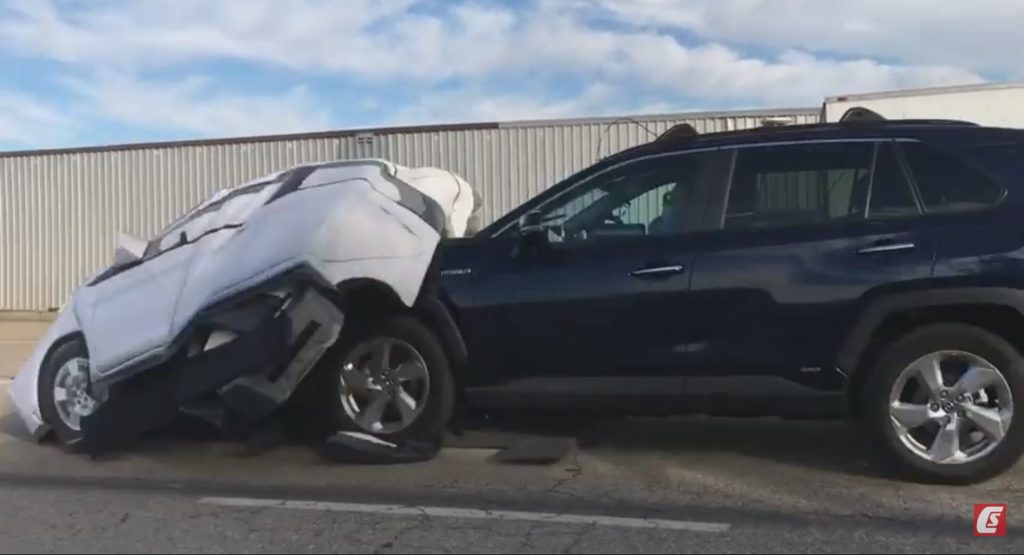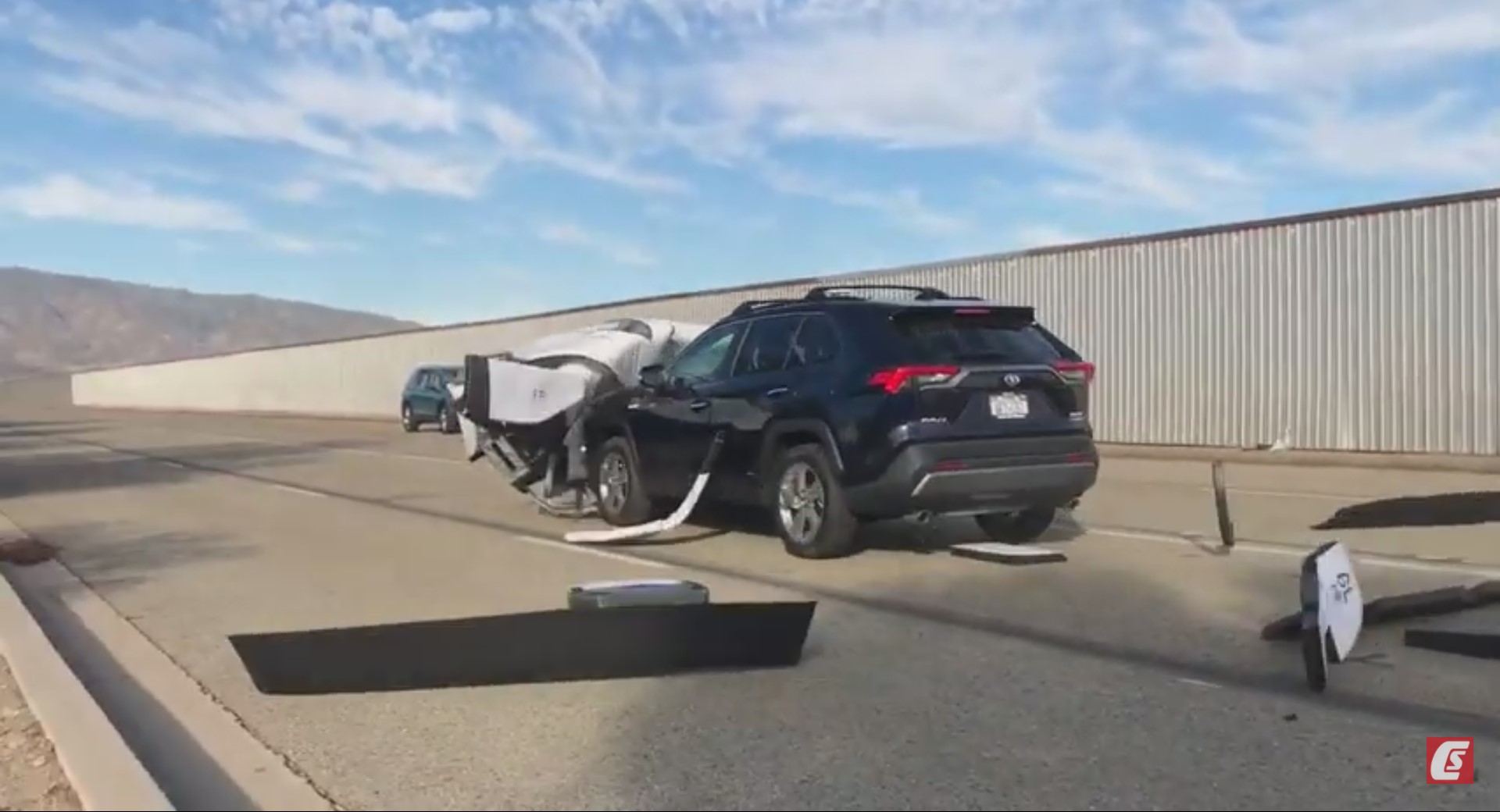Research conducted by the AAA found that moderate to heavy rain can have severe impacts on driver aids and vehicle safety systems’ ability to operate correctly.
The association, with help from the Automobile Club of Southern California’s Automotive Research Center, simulated rain and other environmental factors at a closed course to test their ability to function in less than ideal conditions. It tested functions like automatic emergency braking and lane-keeping assist and found that simulated moderate to heavy rain negatively affected their functioning.
In aggregate, testing of automatic emergency braking systems conducted at 25 mph (40 km/h) in those conditions resulted in a collision with a stopped vehicle 17 percent of the time. Testing conducted at 35 mph (56 km/h) resulted in a collision 33 percent of the time.
Read Also: AAA Study Finds Driver Assistance Systems Lacking, Particularly Lane Keeping Assist
Lane-keeping assistance systems fared much worse. Testing found that the systems allowed a car to veer outside of its lane 69 percent of the time in aggregate.
“Vehicle safety systems rely on sensors and cameras to see road markings, other cars, pedestrians, and roadway obstacles. So naturally, they are more vulnerable to environmental factors like rain,” said Greg Brannon, AAA’s director of automotive engineering and industry relations. “The reality is people aren’t always driving around in perfect, sunny weather so we must expand testing and take into consideration things people actually contend with in their day-to-day driving.”
Although some vehicles do provide an alert or deactivate their driver assistance systems in adverse conditions or if their sensors are compromised, none of the systems in AAA’s test alerted drivers to their impairment.
“AAA recognizes these systems have the ability to lessen the chance of a crash and improve the overall safety of driving,” continued Brannon. “Fine-tuning their performance and providing drivers with a more consistent experience will go a long way in unlocking their true potential.”
The organization suggests that drivers should become more familiar with the way that these systems work and, more to the point, their limits. It suggests that drivers should keep their windshields clean and ensure that wipers are not streaking, increase following distance, and not use cruise control in bad weather so as to remain more alert.





